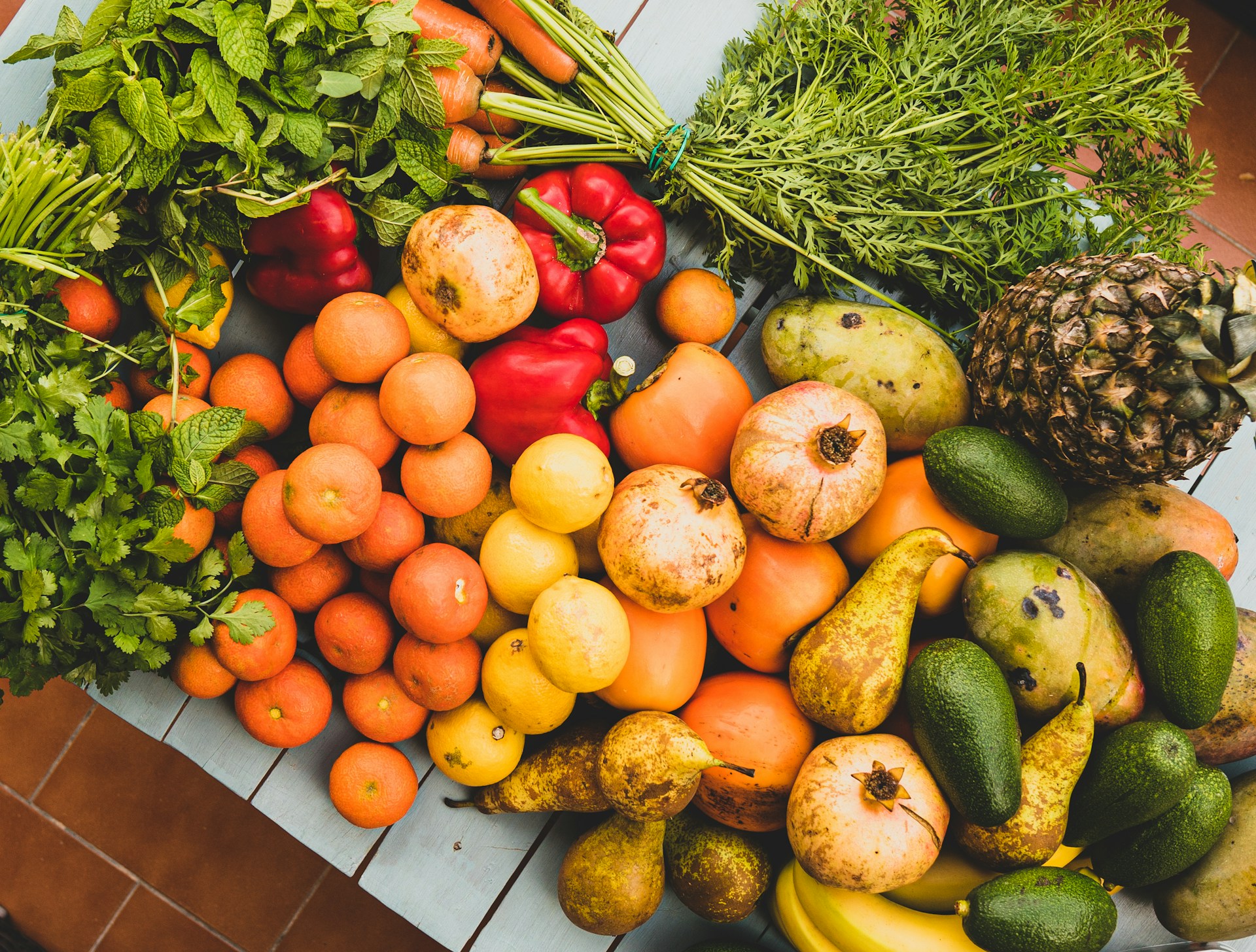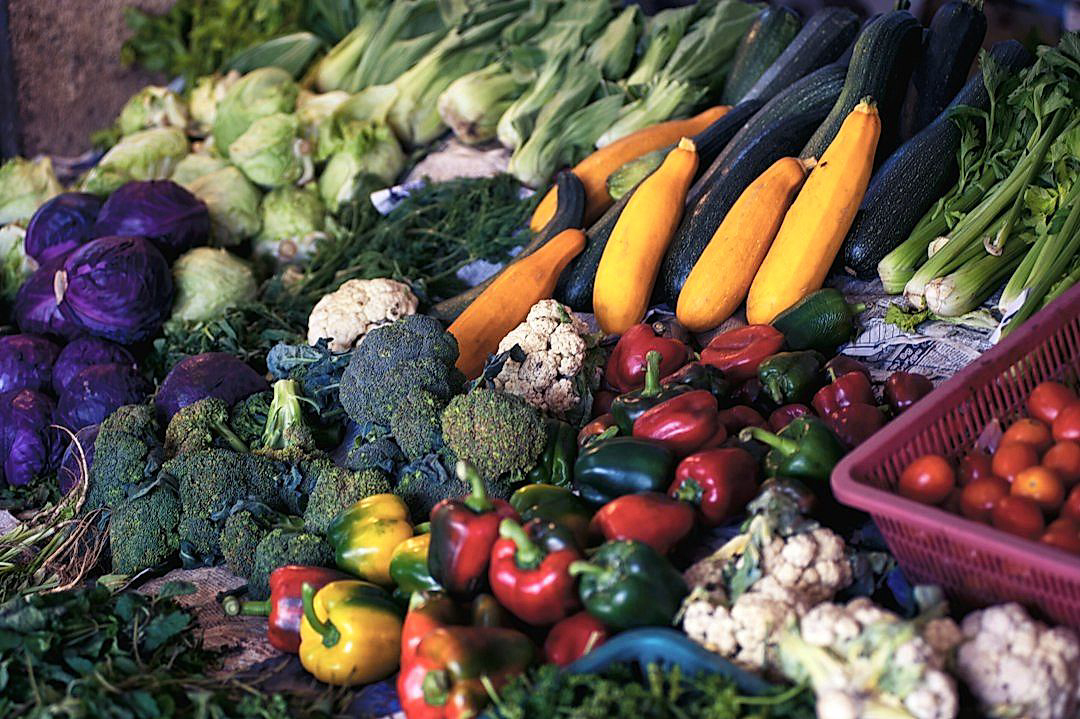Optimizing logistical efficiencies remains a crucial aspect for businesses involved in the supply chain of fresh produce.
This conundrum involves reducing the length of routes that products take from farm to market, a process that not only impacts freshness but also affects a company’s bottom line.
Several strategies have emerged recently, driven by ongoing technological advancements and novel management practices.
This article will explore such methods and shed light on their implications in maintaining produce quality and fostering operational sustainability.
We will delve into various techniques that savvy businesses are employing to streamline distribution paths and maximize profit margins.
Our findings aim to guide decision-making in creating a resilient and efficient supply chain for the fruit and vegetable market.
Contents
Approaches To Shorten Shipping Routes In Produce Business
1. Implement Direct-to-Consumer Delivery Model
The first and crucial aspect we will consider in our quest to shorten shipping routes in the produce business is implementing a Direct-to-Consumer Delivery Model.
This approach involves the goods traveling directly from the producer to the consumer, eliminating middlemen and reducing the time consumed during shipping.
Especially in the produce business, this model ensures the goods reach the consumer when still fresh, hence maintaining high-quality standards.
Shortening shipping routes not only lowers operational costs but also ensures products reach the end consumer while still fresh and of the highest quality.
The effectiveness of this approach highly depends on meticulous planning. This involves strategic distribution planning where the producer has an accurate database of all its consumers and their locations.
The information must be accurate to determine the shortest and fastest routes to deliver the produce.
Another key aspect of this model involves the optimization of delivery timings.
It’s essential to deliver the produce at a time most convenient for consumers, reducing cases of undelivered goods or missed deliveries, which may lead to the goods staying longer on the roads which could compromise the quality.
Direct-to-Consumer delivery model also fosters a closer relationship between producers and consumers.
This relationship not only strengthens the loyalty of consumers to the brand but also provides invaluable feedback straight from the consumers, therefore enabling businesses to adjust their operations to meet specific consumer needs.
To further improve the Direct-to-Consumer delivery model, companies can seek the use of specialized delivery vehicles.
These vehicles can maintain the right atmosphere for the produce during transportation, enhancing their quality by the time they reach the consumer.
This model also encourages responsibility with delivery staff as they are aware that they are delivering goods straight to the consumer, and any delay on their part will affect the quality of the goods.
This delivery model’s success also hinges on robust communication between all parties involved–from the producers, delivery staff, to the consumers.
Furthermore, optimizing this model involves staying updated with the latest trends in shipping such as the use of drones, or using AI to predict delivery timings more accurately.
Furthermore, the Direct-to-Consumer Delivery model presents an opportunity for companies to implement sustainable practices in their operations, for instance, by using eco-friendly packaging or vehicles that use clean energy.
2. Utilize Geographical Distribution Centers
To optimize the delivery route, it is crucial for a producer to utilize geographical distribution centers.
These distribution centers are strategically located areas designed to maximize the efficiency of moving goods.
The proximity of a distribution center to key customers or consumer areas can drastically reduce the time, cost and complexity of delivery routes.
Geographical distribution centers also serve major transportation networks and busy commercial hubs to facilitate the expedited shipment of goods.
Essentially, these centers operate as critical junction points in the delivery route, greatly enhancing logistics and operational efficiency.
The presence of these distribution centers enables the production companies to react swiftly to consumer demands and ensure the freshness of the produce.
Geographical distribution centers thus allow producers to maintain a constant flow of goods to the consumer, avoiding delays and minimizing transport distances.
Considering today’s highly competitive market, the use of geographical distribution centers is considered a key success factor in production and logistics management.
In integrating these centers, businesses can optimize their supply chain and accelerate the delivery process.
The approach not only shortens shipping routes but also mitigates the risks associated with longer shipping processes.
One of the major obstacles in the handling of perishable goods, such as produce, is the need for speedy delivery to maintain product quality.
Efficient utilization of geographical distribution centers, thus, majorly contributes towards overcoming this challenge.
These distribution centers also offer operational flexibility, allowing shippers to adjust their strategies based on market conditions, demand trends, or unexpected disruptions.
Data-driven decision-making and advanced analytics can further enhance the effectiveness of these geographical distribution centers by guiding strategic location decisions.
These tools can help identify the most optimal sites for distribution centers, factoring in variables like transportation costs, customer locations, and projected growth areas.
To conduct effective produce business, it is vital to implement the right strategy for geographical distribution centers.
The application of these centers eliminates inefficiencies, brings cost savings and, crucially, shortens shipping routes – ensuring customers can receive fresh, high-quality produce faster.
3. Optimize Route Planning Software
Efficiency in logistics is centrally linked to the optimization of route planning software.
Route planning software, primarily designed to establish the most efficient and quickest routes for product delivery, can greatly impact the overall process of shipping in the produce business.
Supplementing this tool to your business not only ensures reduced shipping times but also extends to cost-effectiveness in fuel consumption and labor expenditure.
These solutions are usually available to integrate with other data systems in logistics that hold information such as warehouse inventory, delivery windows, and truck capacities.
In turn, the data allows the system to compute the most optimal paths for each delivery, taking into consideration the different variables that can impact delivery times.
By thoroughly optimizing the route planning software, the solution can offer real-time rerouting abilities based on real-time tracking of delivery vehicles, road, and traffic conditions, ultimately shortening delivery times.
Further refining the software could include predictive analysis features allowing it to forecast potential delays and propose alternative routes ahead of time.
The integration of artificial intelligence can enable the system to learn from data trends and continuously improve its analytics capabilities.
Such self-evolving capabilities shorten the shipping routes, reduce the fuel and labor costs, and eventually, increase customer satisfaction.
Moreover, optimizing route planning software helps to reduce carbon emissions, contributing to green initiatives.
From a management standpoint, optimized route planning software provides clear visibility of the entire delivery network in real-time, enabling swift decision-making.
This type of system, combined with fleet tracking software, offers a panoramic view of all vehicles within your fleet.
It also serves as a preventive tool as it can highlight potential issues before they escalate into costly problems, such as breakdowns or delivery delays.
Therefore, having an optimized route planning software is a strategic asset that offers a competitive edge in the fast-paced world of produce supply chain.
Overall, taking steps to optimize route planning software can significantly bring efficiency to shipping routes, reduce overhead costs, and promote sustainability – all crucial to the success of a modern produce business.
4. Streamline Supply Chain Processes
One core strategy to consider when you aim to decrease shipping distances in the produce business is to streamline your supply chain processes.
Ensuring an efficient supply chain can significantly minimize the route between products and customers.
A streamlined supply chain reduces the complexity of logistics, and therefore, can eliminate superfluous shipping steps.
By deconstructing each process in your supply chain and reassembling it in the most streamlined manner, you can drastically decrease the shipping route of your products.
Rationalizing your supply chain processes is all about making them simpler, more coordinated, and ultimately, more efficient.
This involves doing an in-depth analysis of your supply chain’s existing state, pinpointing redundancies and areas for improvement.
This also might entail integrating technology or innovative methods, like using real-time tracking, to make the supply chain process smoother.
Consider implementing a robust inventory management system, which will not only help in streamlining the supply chain, but also in decreasing shipping routes.
Optimal warehouse management can make a world of difference in minimizing storage and transit times therefore, shortening shipping routes.
Synchronizing all the key players closely in your supply chain process like suppliers, transporters, and retailers is also critical to the streamlining process.
Improving the alignment between supply and demand can help in reducing shipping distances by ensuring that goods are directly delivered from producers to areas of high demand.
In precise, implementing new technology like artificial intelligence (AI) and machine learning (ML) can provide forecasting accuracies, thereby reducing shipping distances by optimizing supply and demand.
The idea is to lead your supply chain toward lean management practices to remove waste, reduce cost, and optimize shipping routes.
The crux of the matter is, every element of your supply chain processes, whether it’s sourcing components, manufacturing, storage, or distribution, all of it should be as lean and as efficient as possible to shorten shipping routes in the produce business.
Streamlining supply chain processes to shorten shipping routes does not only benefit the business economically by reducing transportation cost, but it’s also an environmentally responsible approach that reduces the business’s carbon footprint.
5. Explore Alternative Transportation Methods
As we look toward effective ways to shorten shipping routes in the produce business, exploring alternative transportation methods opens several opportunities.
These alternatives go beyond the traditional road and sea methods and consider -less explored routes such as rail transport, drones, and autonomous vehicles.
One potential solution might be aeroponic or hydroponic farming which allows products to be grown closer to their point of sale.
This kind of farming reduces dependency on shipment methods, thereby contributing to shortening shipping routes.
Introducing technologies such as drones and autonomous vehicles into transport process can revamp the current delivery systems by enabling faster and more efficient deliveries.
Also, use of elements such as GPS tracking, IoT, and machine learning algorithms can be integrated with these technologies to further optimize routes and reduce shipping times.
Furthermore, transportation methods can be tailored to the specific needs of the products being shipped.
For instance, delicate items that cannot withstand long transit times or tumultuous journeys can be transported using drones or high-speed rail services.
On the approach of engaging autonomous vehicles, it not only reduces human errors but also gives the advantage of 24-hour service without driver fatigue.
Autonomous electric vehicles also contribute to reducing carbon emissions pertinent to the produce delivery industry.
Delving into the potential of rail transport, railways have less congestion as compared to roads and ship more goods with less energy input.
The incorporation of technologies like blockchain could develop an efficient system for tracking the entire journey of the product right from the farm to the consumer.
Blockchain can offer real-time logistical information which in turn can be used to strategically plan shipping routes and schedules.
In this exploration of alternatives, consideration should be made for both economic and environmental benefits.
Thus, by looking beyond traditional transport methods, the produce sector may tap into uncharted areas for shortening shipping distances and increasing overall efficiency.
The Bottom Line
Executing a direct-to-consumer delivery model proves beneficial for e-commerce businesses and enhances customer satisfaction by providing a more direct and speedy delivery solution.
Through the strategic use of geographical distribution centers, the distance and delivery time can be further reduced.
Optimizing route planning software aids in the efficient use of resources, thereby reducing operational cost and carbon footprint.
Streamlining supply chain processes undoubtedly enhance productivity and minimize complications, providing a seamless flow from procurement to delivery.
Additionally, exploring alternative transportation methods may open doors to more sustainable and cost-effective delivery options.
These steps combined have the power to revolutionize any e-commerce business’s delivery management system, ensuring competitiveness in a fast-paced, evolving market.




